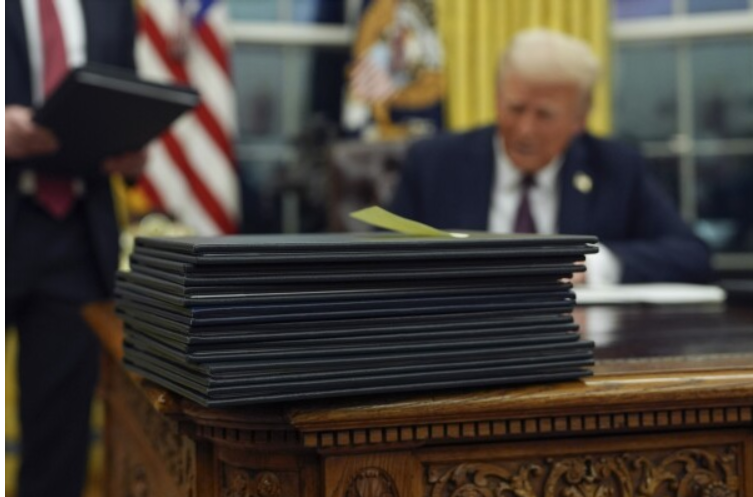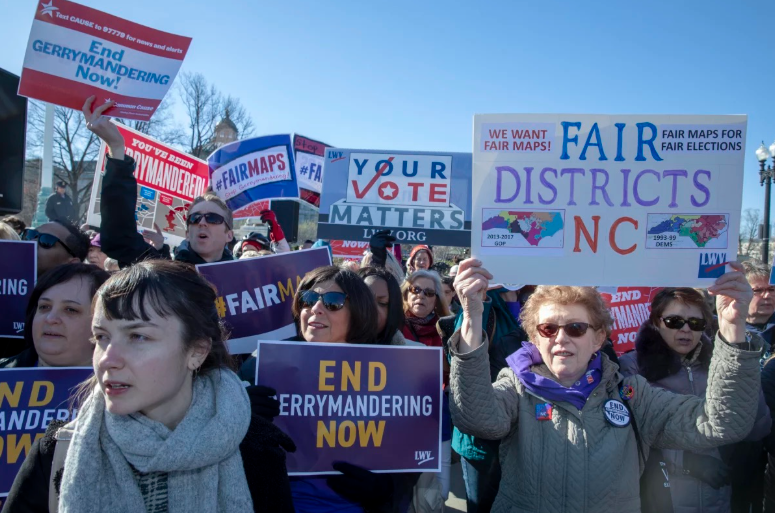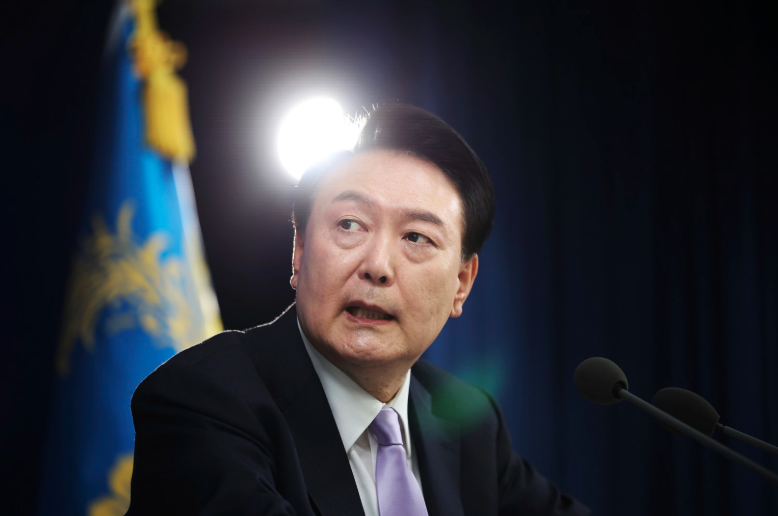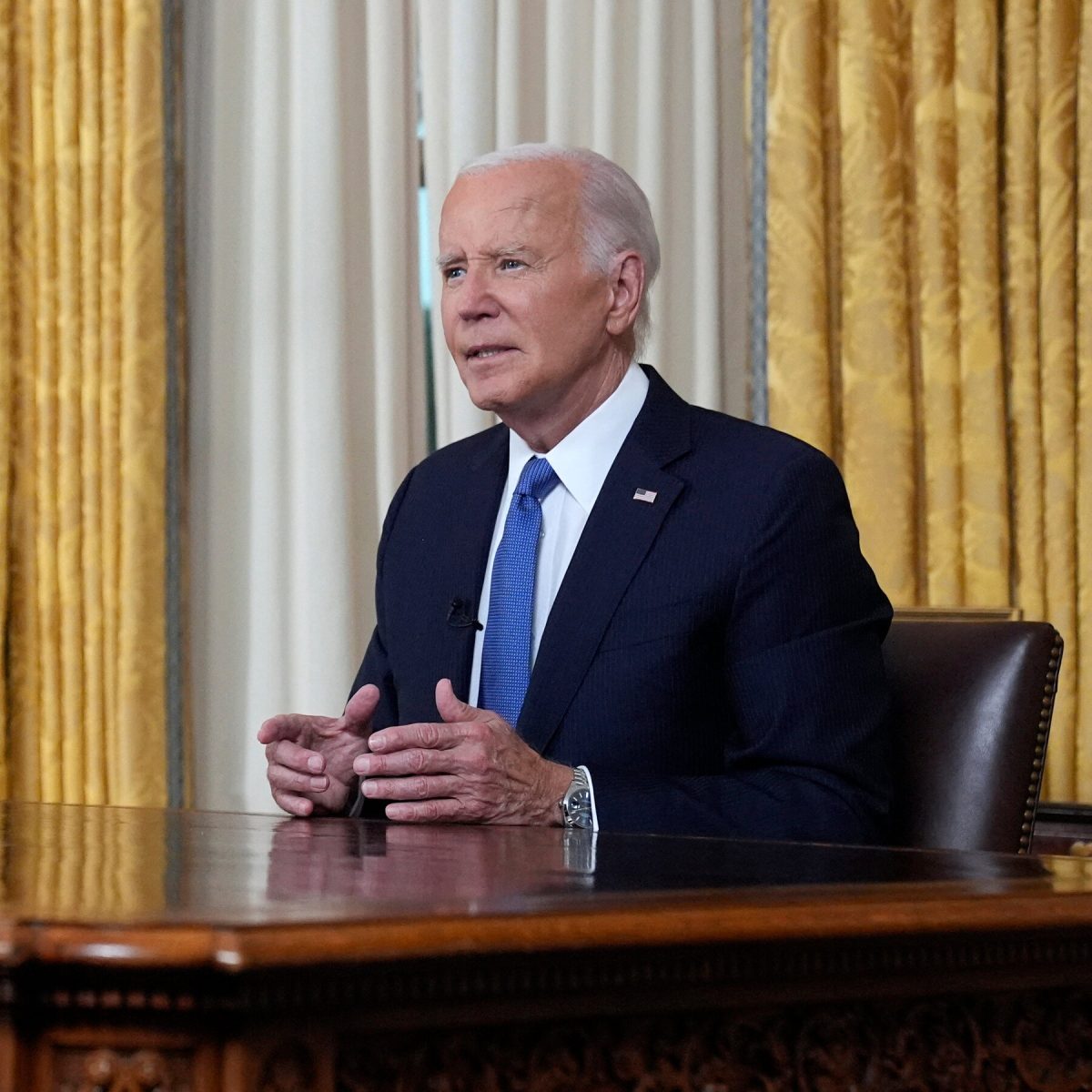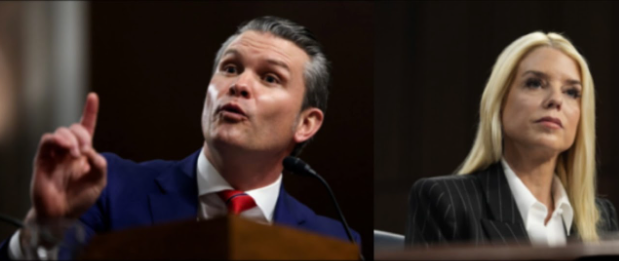As of February 2025, President Donald Trump has signed 54 executive orders. This surpasses President Harry Truman, who held the previous record of 52 executive orders in his first 100 days in office. Many have argued that this is a clear overstep of executive power, but there has so far been no action taken against these decisions at the federal level. Trump’s use of executive orders in the first few weeks of his presidency has brought about change throughout the nation, chiefly in six different areas; environment, social issues, government, immigration, healthcare, and education.
President Trump’s first few actions concerned the environment and energy. Through orders signed on his first day including “Unleashing American Energy” and “Putting America first in International Environmental Agreements”, he made his goal to increase American energy dominance clear. Through a federal energy dominance agenda that entails more traditional energy exploration and production, the Trump Administration will work towards setting the U.S. up as the world’s most prosperous energy-orientated country.
The U.S. has also been withdrawn from the Paris Climate Agreement and all UN climate agreements. The administration has argued that continuous funding towards these agreements has been a waste of resources and has disproportionately rewarded countries like China, who contribute less money but receive the same benefits as the U.S.
On his first day in office, Trump also signed an order declaring a National Energy Emergency, essentially quickening energy and infrastructure projects as well as using national energy resources to try and create more jobs.
Healthcare and education have also been major areas of change in the past few weeks. One of Trump’s most controversial orders was the withdrawal of the U.S. from the World Health Organization. His reasoning circled around COVID-19, and what he believed to be a mishandling of global health by the WHO. Many support this action as the organization was commonly seen as too politically motivated. On the other side of the spectrum, concerns regarding reduced global cooperation, scientific collaboration, and funding cuts toward health programs have risen.
More controversial health-related executive orders that have been signed include ending federal funding for abortions, banning sex-changing surgeries for minors, and the reinstatement of military members who were discharged after refusing the COVID-19 vaccine. By revoking several of Biden’s actions, President Trump has incited debate throughout the country.
Social media and news sites have favored these controversial decisions over much else. The “Ending Radical and Wasteful DEI programs” order, issued on the first day of his administration, essentially removed all Diversity, Equity, and Inclusion programs from the government. These programs previously existed to promote equal opportunity for historically marginalized communities in workplaces and education. Under the Biden Administration, DEI programs were prevalent throughout the nation. Critics of DEI argue that these laws lead to unfair prioritization and unnecessary government interference. Federal employees in DEI roles have been placed on leave and organizations that are funded by the government are now required to amend any laws pertaining to DEI.
Under order 14168, the government now recognizes two genders; biological males and females. All government-issued IDs will only list the assigned gender at birth. Intimate spaces in government establishments, like bathrooms, will only be assigned based on the new definition of sex and not gender identity.
Many agree with this action, stating that it protects biological women in sports and in public spaces. Others argue that it will lead to increased discrimination against the transgender community.
Order 14169 reestablished the death penalty in cases of capital crime and crimes committed by illegal immigrants. To ensure this punishment remains in place, President Trump will try to overturn previous Supreme Court cases that set precedents against the death penalty. The specification of illegal immigrants in this order steers into the administration’s new immigration policies. Under the orders “Declaring a National Emergency at the Southern Border” and “Securing our Borders”, the Mexico-U.S. border has tightened up. As promised by Trump prior to his election, he will be taking a firmer approach when it comes to addressing illegal border crossings. Several other executive orders have been signed regarding heightened border security.
Government and defense is another priority, as reflected in actions like the hiring and regulatory freezes. The regulatory freeze has effectively stopped the functioning of executive agencies to amend laws in accordance with the newly enacted orders. The hiring freeze is as it sounds; until further notice, there will be no new federal civilian employees in the executive branch. The Department of Government Efficiency (DOGE) has also been established as an official department with the purpose of improving government technology and operational efficiency.
As Commander in Chief of the U.S. armed forces, President Trump has also signed orders to expand the military’s role in enforcing border security down south. Also related to military strength, the “Iron Dome for America” is an order that has conducted the Secretary of Defense to compose a missile defense shield, not unlike the Iron Dome in Israel through advanced military technology.
Circling back to immigration, Trump has addressed the situation at the southern border as an extraordinary threat through a series of executive orders. Until the country sees an end to this crisis, he has signed order 14170, which has placed a 25% tariff on imports from Canada and Mexico, along with a 10% import on Chinese imports. Supporters of the president’s decision are impressed that this is a reasonable response to the failures of these countries’ governments when it comes to mass drug importation and stopping cartels. Critics don’t believe the risk is worth the reward; Canada and Mexico have placed tariffs on U.S. goods, as well, effectively raising taxes on everyday grocery items for Americans.
The 54 orders signed by Trump are indicative of the major shift from the Biden-era to the new administration. Trump aims to accomplish high border security, economic prosperity, and increased federal technological strength. The country may be experiencing whiplash right now, but there are still four years left to witness the implementation of these changes and feel their effects.
